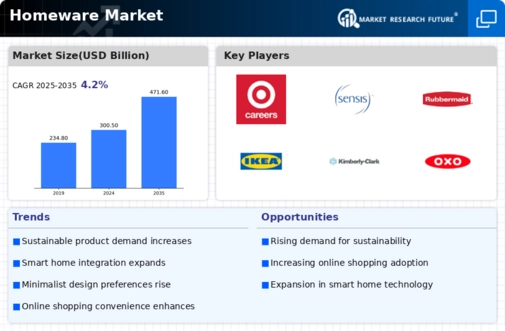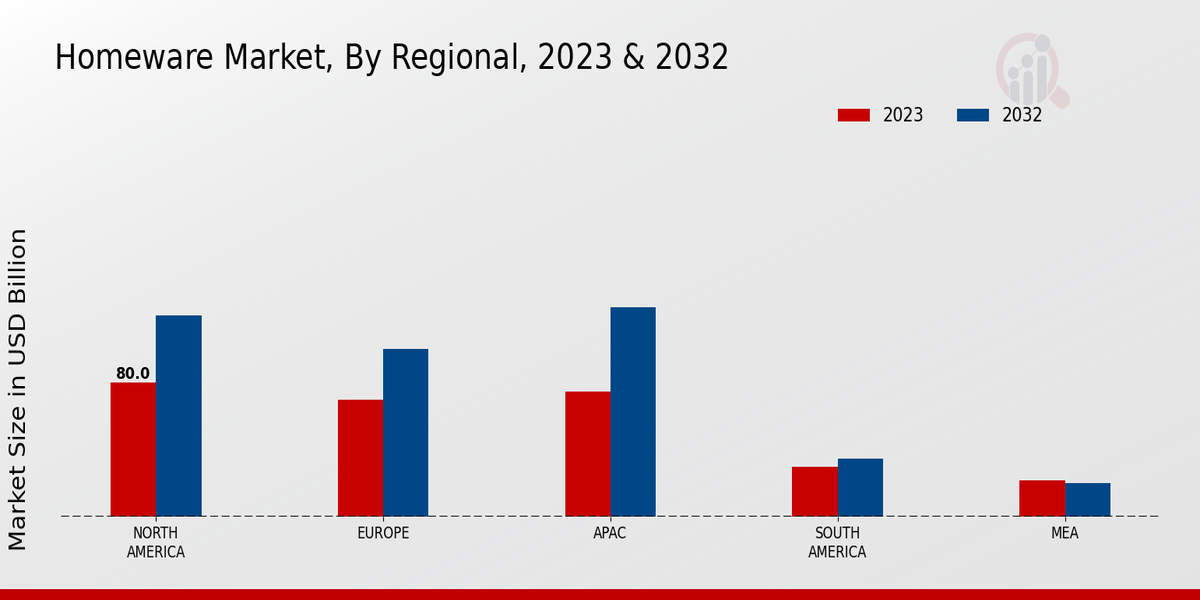The competitive landscape of the Homeware Market is characterized by an array of players striving to capture consumer attention through innovative products, strategic marketing, and an ever-evolving understanding of consumer preferences. With the rising demand for home personalization and improved living spaces, various brands are entering the market, and existing ones are diversifying their offerings. As consumer lifestyles continue to shift towards more home-centric activities, particularly in a post-pandemic world, companies are ramping up their efforts to provide quality, stylish, and functional homeware options that cater to diverse customer needs.
The competition is fierce, with brands leveraging digital platforms, sustainable practices, and trends such as minimalist design and smart home integration to differentiate themselves from their rivals.Target has established a strong foothold in the Homeware Market through its commitment to offering stylish yet affordable products that appeal to a broad range of consumers. Its ability to curate exclusive collaborations with designers has enabled Target to maintain a fresh inventory that accentuates creativity and quality. This strategic positioning not only enhances brand perception but also drives foot traffic in stores and online.
One of Target's significant strengths lies in its extensive distribution network, which facilitates efficient delivery and stock management, ensuring that customers have access to the latest homeware collections. Furthermore, Target's emphasis on customer engagement through various platforms, including social media and targeted advertising, reinforces its brand loyalty, making it a formidable player in the competitive homeware landscape.Sensis, on the other hand, presents a distinct competitive angle within the Homeware Market due to its focus on sustainable homeware solutions. This company specializes in creating eco-friendly products that resonate with environmentally-conscious consumers who prioritize sustainability in their purchasing decisions.
Sensis has developed a reputation for innovation by incorporating recycled materials and sustainable production methods into its product lines, positioning itself as a leader in the green homeware movement. Its unique design philosophy balances aesthetics and functionality, appealing to a demographic that seeks both practicality and style. By maintaining a strong online presence and collaborating with like-minded brands, Sensis effectively garners interest and loyalty among consumers who value ethical consumption, further solidifying its market position.

























